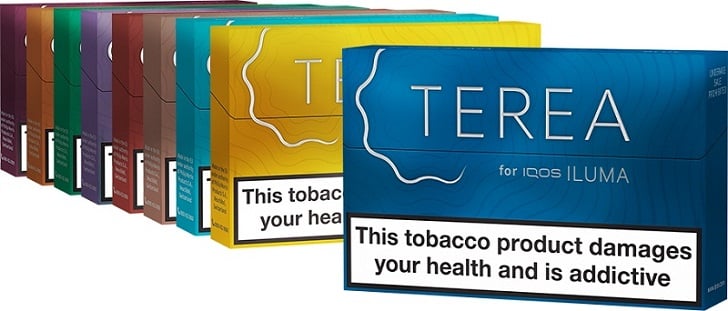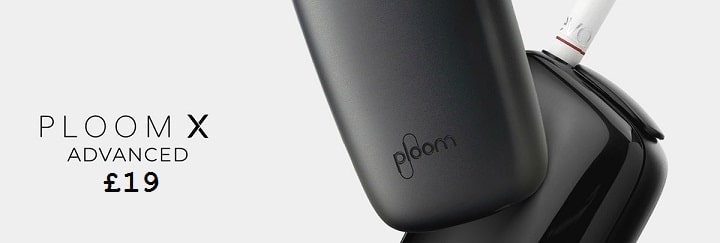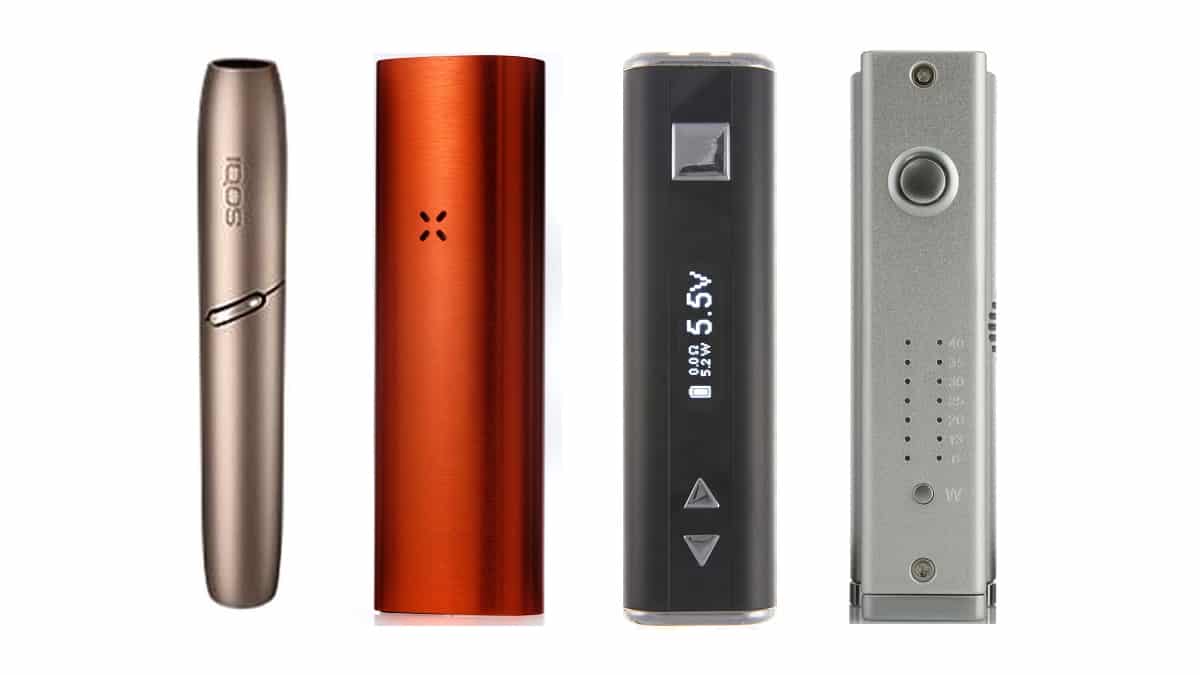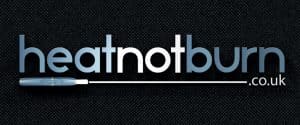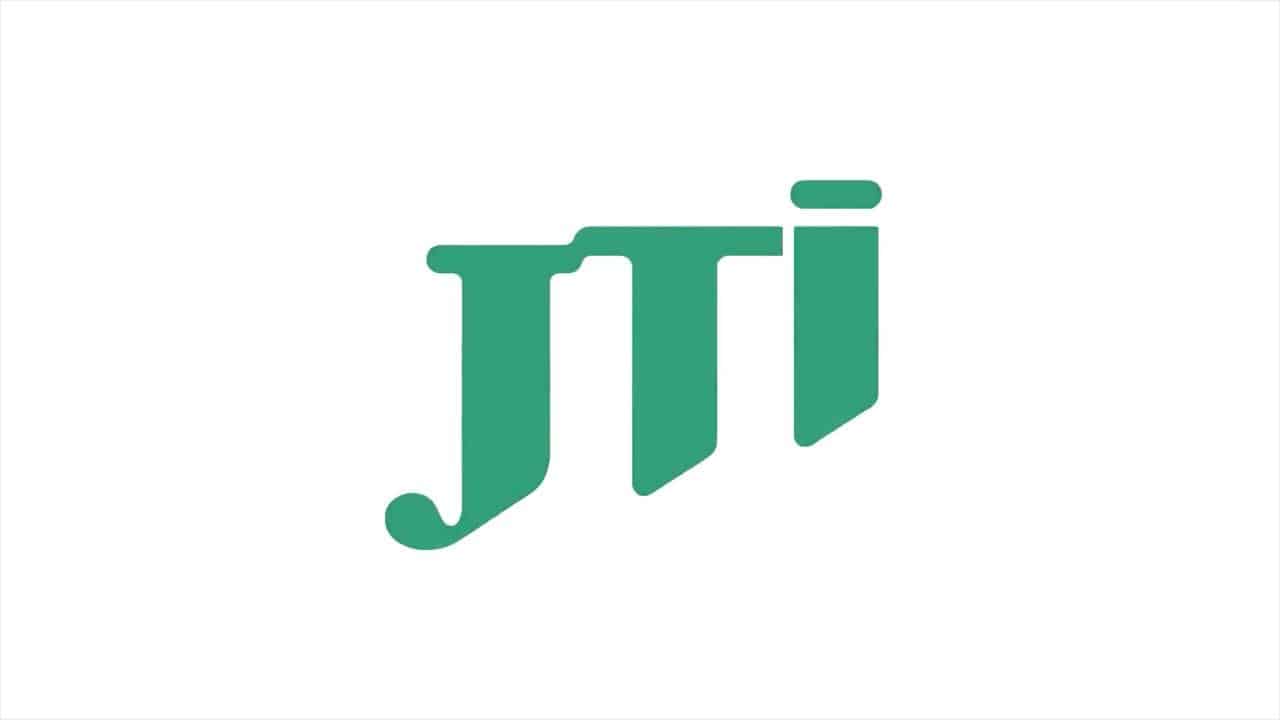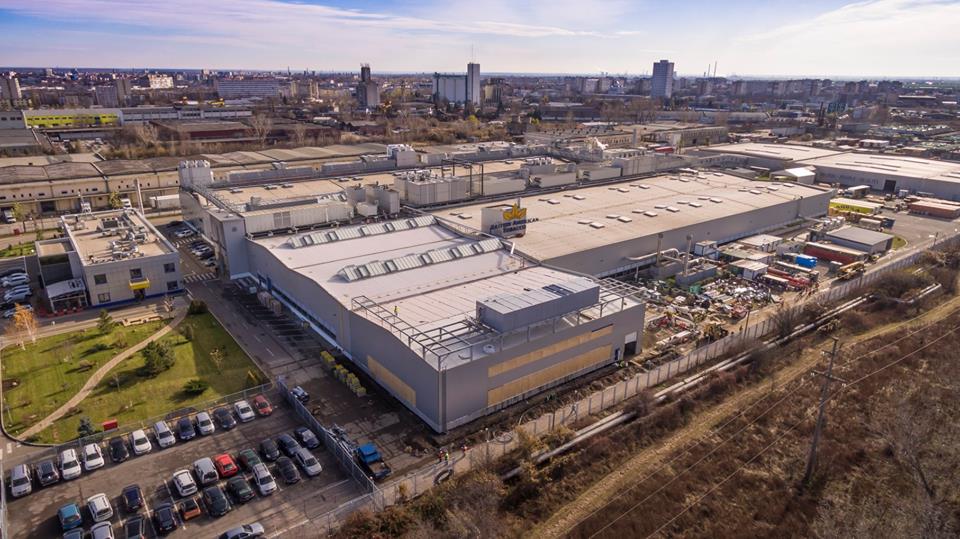
There’s been a lot of talk recently from opponents of Heat not Burn – including, regrettably, some of the less intelligent vape reviewers – about how the technology has already peaked. Growth has slowed, they say; fewer smokers are switching to heated tobacco, and the market is already saturated. It’s true that iQOS sales in Japan have slowed over the last quarter, but does this mean the great heated tobacco experiment is fizzling out?
Well, I’m not convinced. Has iQOS reached market saturation in Japan? It might have done. That wouldn’t really be a huge surprise. After all, iQOS is the first generation of HnB that’s really gone mass market. Maybe all the Japanese smokers who feel like switching have done so already, and sales are going to fall back to existing users replacing their devices. This happens when a new product disrupts an existing market.
What’s the good news?
Japan isn’t the only market for HnB, though – not by a long way. iQOS, the most widely available heated tobacco product, is now on sale in most of Europe as well as in Asia, but it hasn’t hit the huge US market yet. It’s still going through FDA approval, but if it gets there (and it probably will) millions more smokers are likely to switch. Then there’s Glo, which so far is only available in selected countries. Maybe KT&G will release their Lil outside South Korea – and I hope they do, because I have one on my desk right now and it’s excellent.
Then, of course, there’s the technology itself to consider. HnB has been around since the 1990s at least, but iQOS, Glo and Lil are the first generation of really effective devices. Compare that with e-cigarettes for a moment. The first really effective, widely available e-cig was probably the JoyeTech eGo. Now compare an eGo with today’s entry-level devices. There’s a bit of a difference, isn’t there? Well, iQOS and Glo are the eGo of heated tobacco.
Philip Morris, British American Tobacco, Japan Tobacco International and others are all working to improve and refine the technology that’s gone into their existing HnB systems. Over the next few years we can expect to see improved versions appearing – devices that will be even easier to use, come even closer to the experience of smoking a cigarette, and reduce the harm even more. A lot of smokers who weren’t quite convinced by the first generation of products will decide to switch once something even better is on the market.
Again, this is exactly what we saw with vaping. I found my first e-cig on a market stall in Kabul. It was an old-style three piece cigalike, and it was bloody awful. There was no way a device like that was going to replace my smoking habit, which seeing as 200 Marlboro cost a whole $10 in the PX was pretty heavy. On the other hand it did work just fine to keep nicotine deprivation at bay on my regular seven-hour flights home, so it was enough to keep e-cigs in my mind. Later, when I decided I really had to quit smoking, I found an eGo-C kit and that was actually good enough to do the job. What I’m using now, of course, blows an eGo – or a Marlboro, for that matter – right out of the water.
Growth to come
Anyway, I don’t think the market for Heat not Burn products has peaked, or even come close to its full potential. And, it seems, neither do British American Tobacco. I can say that pretty confidently, because BAT have just announced that they plan to spend a billion dollars upgrading one of their factories and turning it into their European centre for HnB manufacturing.
Romania was the first European market for Glo – and also an early one for iQOS – and BAT already have an established manufacturing capability there. The company’s market share in Romania is around 55%, and to support that they have a large factory at Ploiești. This is the factory that’s going to benefit from that billion-dollar investment over the next five years.
BAT’s plan is to roll Glo out across more European countries in the second half of this year, and to do that they need a reliable supply of Neostiks – ideally a supply that doesn’t involve shipping them from Asia. The plan is for Ploiești to become the sole European manufacturing and supply centre for Neostiks. The plant already supplies the European market with pods for the iFuse hybrid device, so it looks set to become a major centre for BAT’s reduced-harm products.
A bright future
If BAT weren’t anticipating strong sales of Glo in Europe, they’d be very unlikely to spend €800,000,000 on the infrastructure to support those sales. Clearly they’re confident, and I think they’re right to be. Glo will suit a lot of smokers who just didn’t get on with iQOS. Personally I think iQOS comes closer to the taste and sensation of a cigarette, but that has to be balanced against Glo’s huge battery capacity. Both devices have their strong points and I think Glo is going to do well as it hits new markets.
I’m not the only one who thinks that, either. The Times made BAT last week’s Share of the Week, citing the company’s investment in reduced harm products as a likely source of future growth. PMI might have seen their profit growth slow along with iQOS sales in Japan, but investors can obviously see a big market waiting to be tapped into.
Meanwhile, BAT’s Ploiești factory is going to get an extra 7,000 square metres of manufacturing space and plans to take on an extra 200 people to work on the new production line. PMI are also expanding in Romania, spending over $500 million to convert a cigarette factory near Bucharest into a HEET factory. I don’t expect these to be the last heated tobacco projects launched in Europe.

